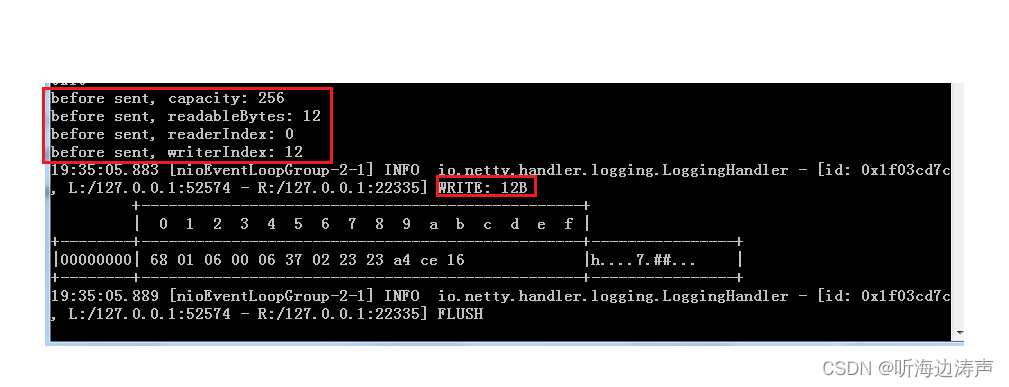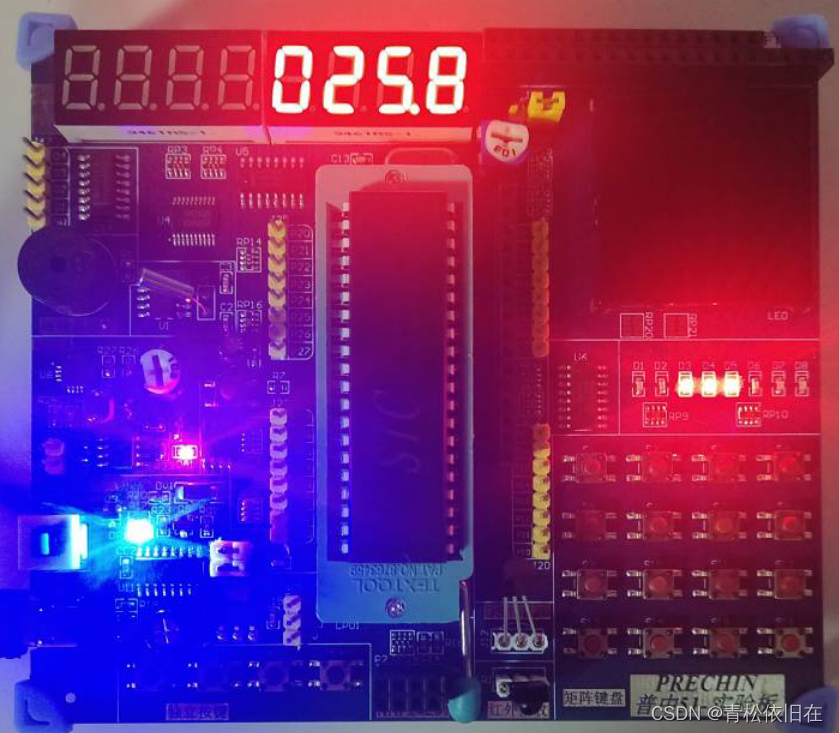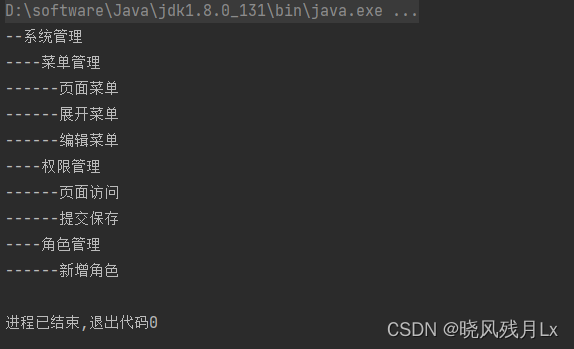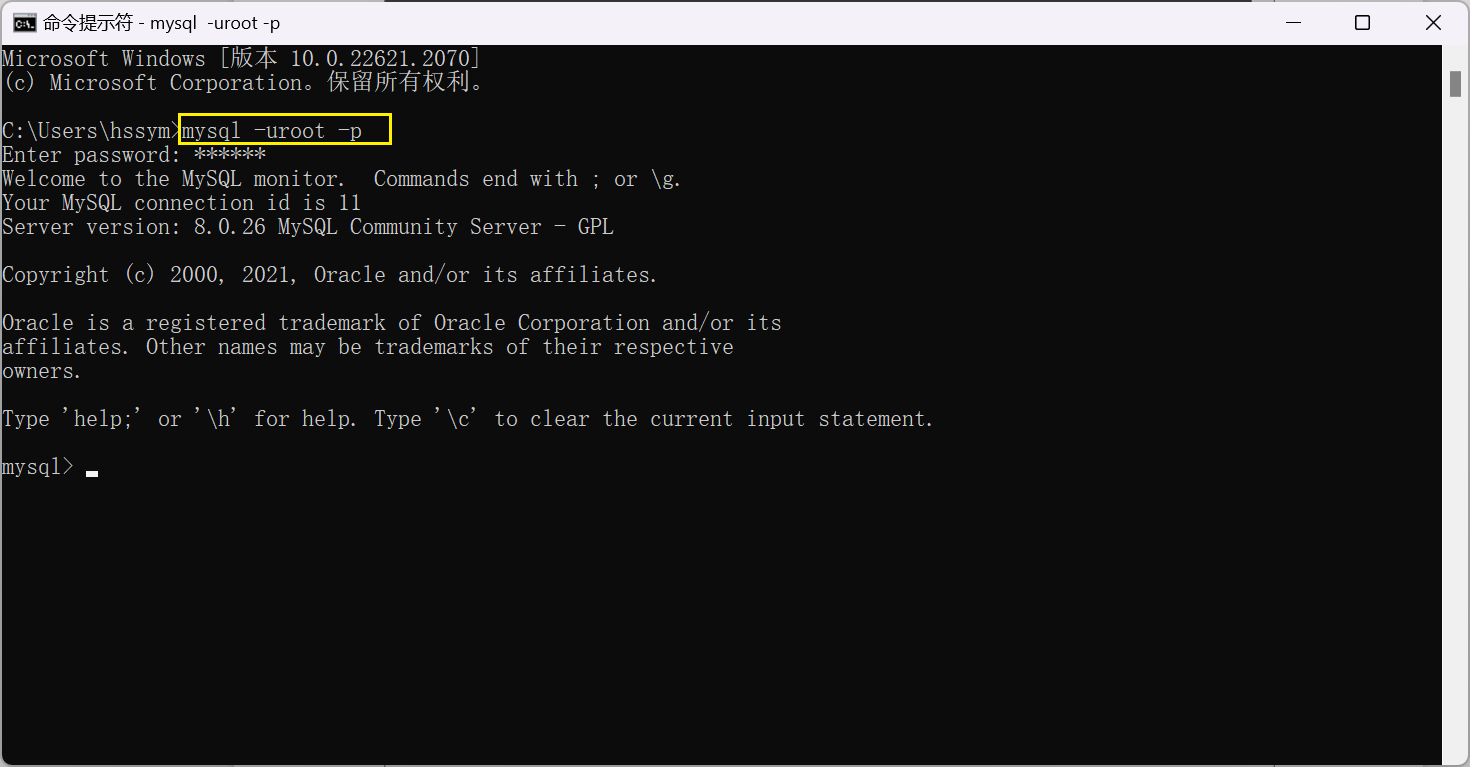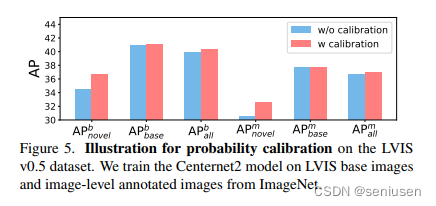业务背景
我们希望可以在使用日志拦截器时,定义属于自己的拦截器方法。
实现的方式有很多种,我们分别来看一下。
拓展阅读
java 注解结合 spring aop 实现自动输出日志
java 注解结合 spring aop 实现日志traceId唯一标识
java 注解结合 spring aop 自动输出日志新增拦截器与过滤器
如何动态修改 spring aop 切面信息?让自动日志输出框架更好用
如何将 dubbo filter 拦截器原理运用到日志拦截器中?

v1-基本版本
接口
最常见的定义方式,在方法执行前后,异常,finally 提供钩子函数。
package com.github.houbb.auto.log.api;/*** autoLog 拦截器* @author binbin.hou* @since 0.0.10*/
public interface IAutoLogInterceptor {/*** 执行之前* @param interceptorContext 拦截器上下文* @since 0.0.10*/void beforeHandle(IAutoLogInterceptorContext interceptorContext);/*** 执行之后* @param interceptorContext 拦截器上下文* @param result 方法执行结果* @since 0.0.10*/void afterHandle(IAutoLogInterceptorContext interceptorContext,final Object result);/*** 异常处理* @param interceptorContext 拦截器上下文* @param exception 异常* @since 0.0.10*/void exceptionHandle(IAutoLogInterceptorContext interceptorContext, Exception exception);/*** finally 中执行的代码* @param interceptorContext 拦截器上下文* @since 0.0.10*/void finallyHandle(IAutoLogInterceptorContext interceptorContext);}
工具中统一使用拦截器
package com.github.houbb.auto.log.core.core.impl;
/*** @author binbin.hou* @since 0.0.7*/
public class SimpleAutoLog implements IAutoLog {/*** 自动日志输出** @param context 上下文* @return 结果* @since 0.0.7*/@Overridepublic Object autoLog(IAutoLogContext context) throws Throwable {//1. 日志唯一标识// ... 省略List<IAutoLogInterceptor> autoLogInterceptors = null;try {// ... 省略其他逻辑// 获取拦截器autoLogInterceptors = autoLogInterceptors(autoLog);//1.2 autoLogif(CollectionUtil.isNotEmpty(autoLogInterceptors)) {for(IAutoLogInterceptor interceptor : autoLogInterceptors) {interceptor.beforeHandle(autoLogContext);}}//2. 执行结果Object result = context.process();//2.1 方法执行后if(CollectionUtil.isNotEmpty(autoLogInterceptors)) {for(IAutoLogInterceptor interceptor : autoLogInterceptors) {interceptor.afterHandle(autoLogContext, result);}}//2.2 返回方法return result;} catch (Exception exception) {if(CollectionUtil.isNotEmpty(autoLogInterceptors)) {for(IAutoLogInterceptor interceptor : autoLogInterceptors) {interceptor.exceptionHandle(autoLogContext, exception);}}throw new AutoLogRuntimeException(exception);} finally {// 先执行日志if(CollectionUtil.isNotEmpty(autoLogInterceptors)) {for(IAutoLogInterceptor interceptor : autoLogInterceptors) {interceptor.finallyHandle(autoLogContext);}}}}/*** 创建拦截器列表* @param autoLog 注解* @return 结果* @since 0.0.10*/private List<IAutoLogInterceptor> autoLogInterceptors(final AutoLog autoLog) {List<IAutoLogInterceptor> resultList = new ArrayList<>();if(ObjectUtil.isNull(autoLog)) {return resultList;}Class<? extends IAutoLogInterceptor>[] interceptorClasses = autoLog.interceptor();if(ArrayUtil.isEmpty(interceptorClasses)) {return resultList;}// 循环创建for(Class<? extends IAutoLogInterceptor> clazz : interceptorClasses) {IAutoLogInterceptor traceIdInterceptor = createAutoLogInterceptor(clazz);resultList.add(traceIdInterceptor);}return resultList;}/*** 创建拦截器* @param clazz 类* @return 实体* @since 0.0.10*/private IAutoLogInterceptor createAutoLogInterceptor(final Class<? extends IAutoLogInterceptor> clazz) {if(IAutoLogInterceptor.class.equals(clazz)) {return new AutoLogInterceptor();}return ClassUtil.newInstance(clazz);}}
自定义实现拦截器
我们想自定义拦截器方法时,只需要实现对应的接口即可。
/*** 自定义日志拦截器* @author binbin.hou* @since 0.0.12*/
public class MyAutoLogInterceptor extends AbstractAutoLogInterceptor {@Overrideprotected void doBefore(AutoLog autoLog, IAutoLogInterceptorContext context) {System.out.println("自定义入参:" + Arrays.toString(context.filterParams()));}@Overrideprotected void doAfter(AutoLog autoLog, Object result, IAutoLogInterceptorContext context) {System.out.println("自定义出参:" + result);}@Overrideprotected void doException(AutoLog autoLog, Exception exception, IAutoLogInterceptorContext context) {System.out.println("自定义异常:");exception.printStackTrace();}}
方法的不足
这种方式可以实现常见的功能,但是依然不够优雅。
我们还是无法非常灵活的定义自己的拦截器实现,就像我们使用 aop 增强,或者 dubbo filter 一样。
感兴趣的小伙伴可以移步学习一下,此处不做展开。
Dubbo-02-dubbo invoke filter 链式调用原理
模拟 dubbo filter
实现 Invoker
类似 dubbo invoke,直接在以前的类中初始化即可。
AutoLogInvoker autoLogInvoker = new AutoLogInvoker(context);
Invocation invocation = new CommonInvocation();
invocation.setAttachment(AutoLogAttachmentKeyConst.AUTO_LOG_CONTEXT, context);
invocation.setAttachment(AutoLogAttachmentKeyConst.AUTO_LOG_START_TIME, startTimeMills);
invocation.setAttachment(AutoLogAttachmentKeyConst.AUTO_LOG_FILTER_PARAMS, filterParams);Invoker chainInvoker = InvokerChainBuilder.buildInvokerChain(autoLogInvoker);
Result autoLogResult = chainInvoker.invoke(invocation);
其中 AutoLogInvoker 只是对方法的执行。
实现拦截器
这是的方法增强就是类似 dubbo filter 链式调用实现的,自定义的时候也会方便很多。
不需要拘泥于方法的执行位置,直接编写我们的增强逻辑即可。
package com.github.houbb.auto.log.core.support.interceptor.chain;import com.alibaba.fastjson.JSON;
import com.github.houbb.auto.log.annotation.AutoLog;
import com.github.houbb.auto.log.api.IAutoLogContext;
import com.github.houbb.auto.log.core.constant.AutoLogAttachmentKeyConst;
import com.github.houbb.common.filter.annotation.FilterActive;
import com.github.houbb.common.filter.api.CommonFilter;
import com.github.houbb.common.filter.api.Invocation;
import com.github.houbb.common.filter.api.Invoker;
import com.github.houbb.common.filter.api.Result;
import com.github.houbb.common.filter.exception.CommonFilterException;
import com.github.houbb.heaven.util.lang.StringUtil;
import com.github.houbb.heaven.util.lang.reflect.ClassUtil;
import com.github.houbb.heaven.util.lang.reflect.ReflectMethodUtil;
import com.github.houbb.id.api.Id;
import com.github.houbb.id.core.core.Ids;
import com.github.houbb.id.core.util.IdThreadLocalHelper;
import com.github.houbb.log.integration.core.Log;
import com.github.houbb.log.integration.core.LogFactory;import java.lang.reflect.Method;/*** 默认的日志拦截器*/
@FilterActive(order = Integer.MIN_VALUE)
public class AutoLogCommonFilter implements CommonFilter {private static final Log LOG = LogFactory.getLog(AutoLogCommonFilter.class);/*** 是否需要处理日志自动输出* @param autoLog 上下文* @return 结果* @since 0.0.10*/protected boolean enableAutoLog(final AutoLog autoLog) {if(autoLog == null) {return false;}return autoLog.enable();}/*** 获取方法描述* @param method 方法* @param autoLog 注解* @return 结果* @since 0.0.10*/protected String getMethodDescription(Method method, AutoLog autoLog) {String methodName = ReflectMethodUtil.getMethodFullName(method);if(autoLog != null&& StringUtil.isNotEmpty(autoLog.description())) {methodName += "#" + autoLog.description();}return methodName;}/*** 获取 traceId* @param autoLog 日志注解* @return 结果* @since 0.0.10*/protected String getTraceId(AutoLog autoLog) {//1. 优先看当前线程中是否存在String oldId = IdThreadLocalHelper.get();if(StringUtil.isNotEmpty(oldId)) {return formatTraceId(oldId);}//2. 返回对应的标识Id id = getActualTraceId(autoLog);return formatTraceId(id.id());}/*** 获取日志跟踪号策略* @param autoLog 注解* @return 没结果*/protected Id getActualTraceId(AutoLog autoLog) {Class<? extends Id> idClass = autoLog.traceId();if(Id.class.equals(idClass)) {return Ids.uuid32();}return ClassUtil.newInstance(autoLog.traceId());}/*** 格式化日志跟踪号* @param id 跟踪号* @return 结果* @since 0.0.16*/protected String formatTraceId(String id) {return String.format("[%s] ", id);}@Overridepublic Result invoke(Invoker invoker, Invocation invocation) throws CommonFilterException {final IAutoLogContext autoLogContext = (IAutoLogContext) invocation.getAttachment(AutoLogAttachmentKeyConst.AUTO_LOG_CONTEXT);final AutoLog autoLog = autoLogContext.autoLog();final boolean enableAutoLog = enableAutoLog(autoLog);if(!enableAutoLog) {return invoker.invoke(invocation);}final String description = getMethodDescription(autoLogContext.method(), autoLog);// 默认从上下文中取一次String traceId = IdThreadLocalHelper.get();try {// 设置 traceId 策略if(autoLog.enableTraceId()) {Id id = getActualTraceId(autoLog);traceId = id.id();invocation.setAttachment(AutoLogAttachmentKeyConst.AUTO_LOG_TRACE_ID, traceId);IdThreadLocalHelper.put(traceId);}Result result = invoker.invoke(invocation);// 日志增强logForEnhance(autoLogContext, traceId, description, result.getValue(), invocation);return result;} catch (Exception e) {if (autoLog.exception()) {String message = String.format("[TID=%s][EXCEPTION=%s]", traceId, e.getMessage());LOG.error(message, e);}throw new RuntimeException(e);}}/*** 增强日志输出* @param autoLogContext 上下文* @param traceId 日志跟踪号* @param description 方法描述* @param resultValue 返回值* @param invocation 调用上下文*/private void logForEnhance(final IAutoLogContext autoLogContext,final String traceId,final String description,final Object resultValue,Invocation invocation) {final AutoLog autoLog = autoLogContext.autoLog();StringBuilder logBuilder = new StringBuilder();logBuilder.append(String.format("[TID=%s]", traceId));logBuilder.append(String.format("[METHOD=%s]", description));// 入参if(autoLog.param()) {Object[] params = (Object[]) invocation.getAttachment(AutoLogAttachmentKeyConst.AUTO_LOG_FILTER_PARAMS);logBuilder.append(String.format("[PARAM=%s]", JSON.toJSONString(params)));}// 出参if (autoLog.result()) {logBuilder.append(String.format("[RESULT=%s]", JSON.toJSONString(resultValue)));}// 耗时//3.1 耗时 & 慢日志if(autoLog.costTime()) {long startTime = (long) invocation.getAttachment(AutoLogAttachmentKeyConst.AUTO_LOG_START_TIME);long costTime = System.currentTimeMillis() - startTime;logBuilder.append(String.format("[COST=%d ms]", costTime));// 慢日志final long slowThreshold = autoLog.slowThresholdMills();if(slowThreshold > 0 && costTime > slowThreshold) {logBuilder.append(String.format("[SLOW-THRESHOLD=%s]", slowThreshold));}}// 输出日志LOG.info(logBuilder.toString());}}
开源地址
为了便于大家学习,项目已开源。
Github: https://github.com/houbb/auto-log
Gitee: https://gitee.com/houbinbin/auto-log
小结
dubbo filter 模式非常的优雅,以前一直只是学习,没有将其应用到自己的项目中。
提供的便利性是非常强大的,值得学习运用。
参考资料
auto-log

